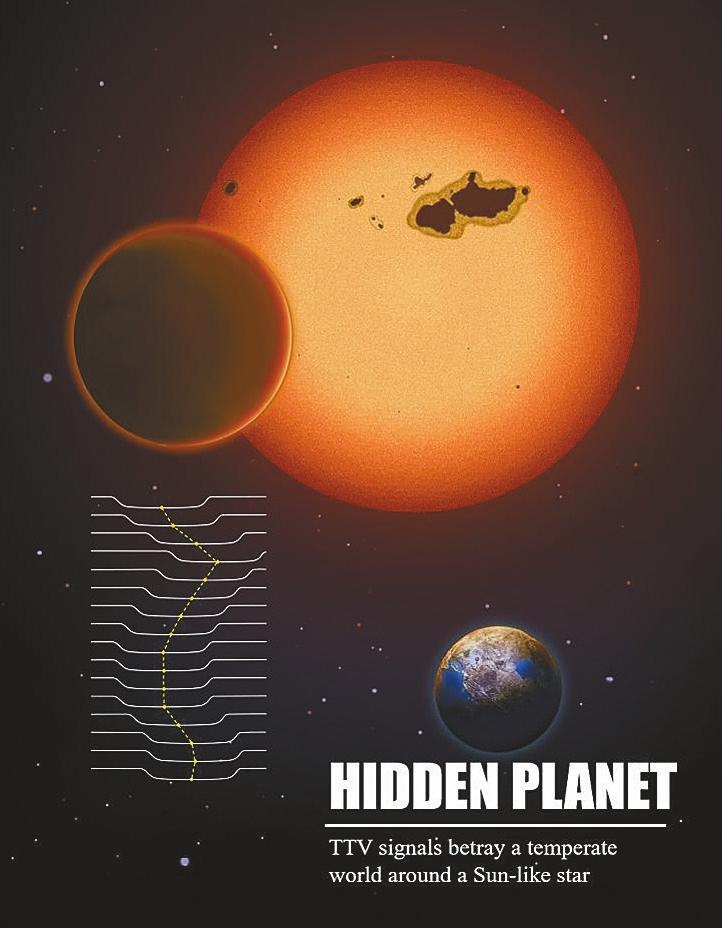
CHINESE and German astronomers have discovered a super-Earth planet 10 times more massive than our world orbiting within the habitable zone of a Sun-like star, using an innovative detection technique that could revolutionize the search for “Earth 2.0.” The planet within the habitable zone of the Sun-like star Kepler-725, designated Kepler-725c, represents the first super-Earth found in a habitable zone using transit timing variations (TTV) — a method that tracked tiny changes in another planet’s orbit to reveal the hidden world. The discovery emerged from careful analysis of Kepler-725b, a gas giant planet that researchers noticed wasn’t keeping perfect time in its orbit. These subtle timing variations, lasting about 10 minutes, revealed the gravitational influence of an unseen companion. “This newly discovered non-transiting planet and its host star are located at approximately 2,472 light-years away from the solar system,” said Gu Shenghong, team leader from the Yunnan Observatories of the Chinese Academy of Sciences (CAS). “More crucially, this planet resides within the habitable zone of its host star, the region around a star where the temperature is suitable for liquid water to exist. It orbits around its host star with a period of 207.5 days, comparable to Earth’s one-year period,” Gu added. “By analyzing the TTV signals of Kepler-725b, a gas giant planet with a 39.64-day period in the same system, the team has successfully inferred the mass and orbital parameters of the hidden planet Kepler-725c,” said Sun Leilei, the first and co-corresponding author of the study, who is with the Yunnan observatories. Unlike the transit method and radial velocity method, the TTV technique is not subject to their specific observational challenges. Instead, it can indirectly detect the presence of a planet by simply measuring the TTVs of another known planet in orbital resonance with it, Sun said. The timing couldn’t be better for this discovery. Several upcoming space missions are specifically designed to search for Earth-like planets around Sun-like stars, including the European PLATO mission and China’s “Earth 2.0” mission. While Kepler-725c orbits within its star’s habitable zone, its potential for supporting life remains an open question. With ten times Earth’s mass, it likely represents a “super-Earth” or “mini-Neptune” — planetary types that don’t exist in our solar system. The planet’s estimated surface temperature of about 268 Kelvin (roughly -5°C) assumes an Earth-like atmosphere and reflectivity. However, if Kepler-725c possesses a thick hydrogen atmosphere like a mini-Neptune, it might experience a runaway greenhouse effect that prevents surface liquid water. Alternatively, the planet could represent a “Hycean world” — a new category of potentially habitable planets with hydrogen-rich atmospheres and vast oceans. These exotic worlds could support life under conditions very different from Earth. The research, published in the journal Nature Astronomy on Tuesday, was jointly conducted by the Yunnan Observatories of the CAS, Xi’an Jiaotong-Liverpool University, Nanjing Institute of Astronomical Optics and Technology of the CAS, and Hamburg Observatory.(SD-Agencies) | 
